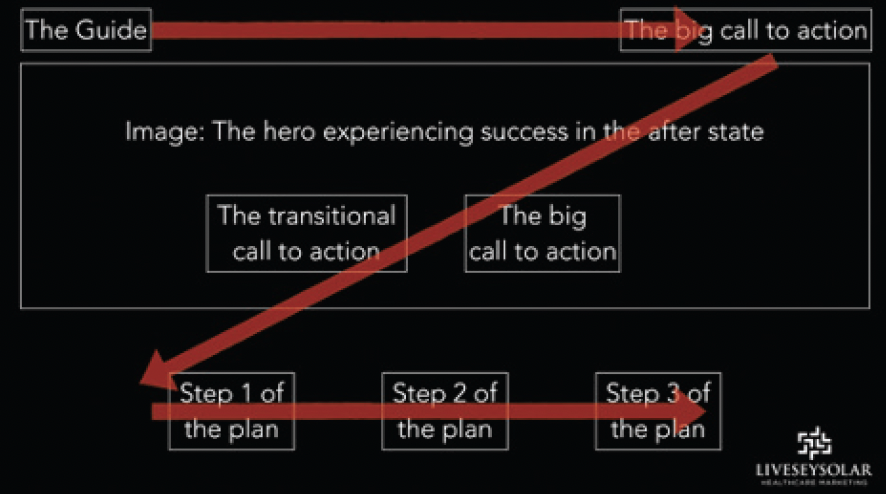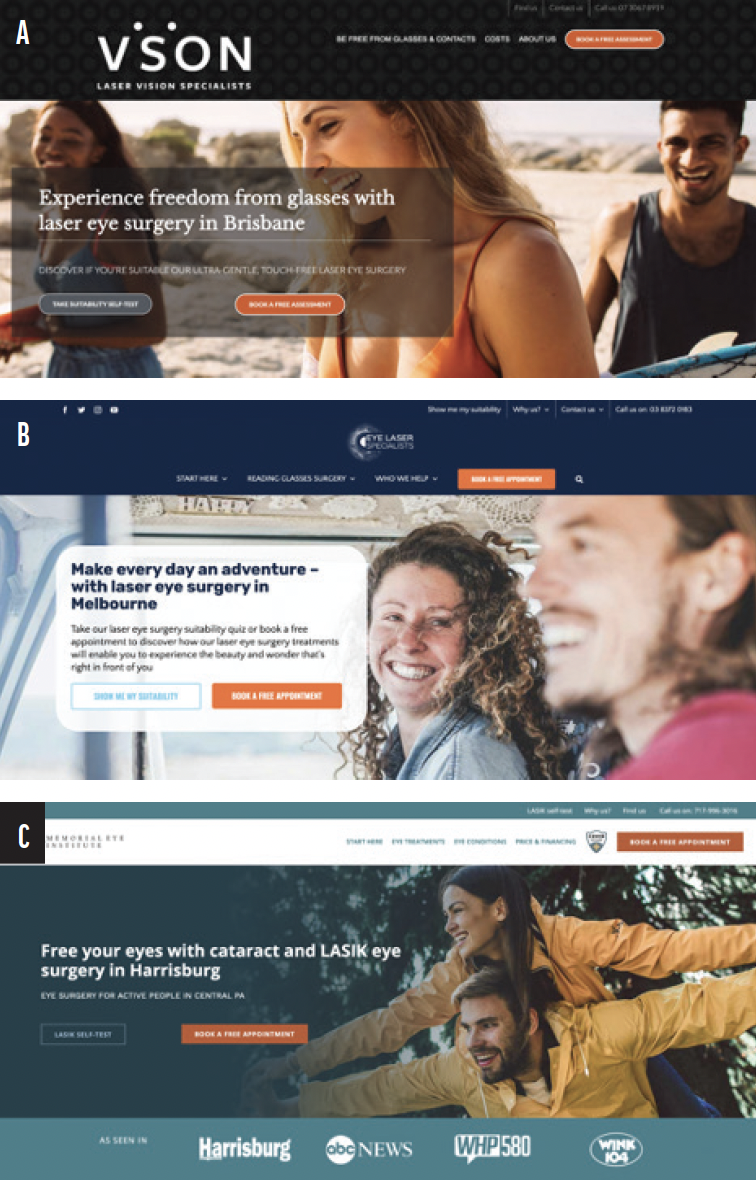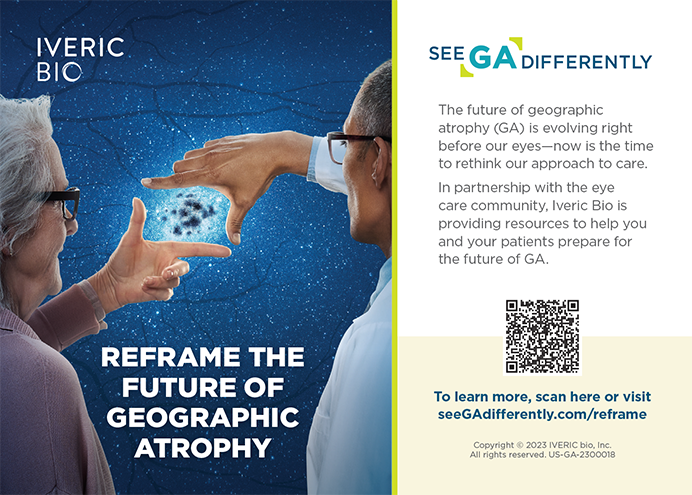

The most valuable companies in the world understand that the costliest marketing activity is customer acquisition. This is why Amazon offers a 30-day free trial for Prime, Uber Eats gives customers up to $25 off their first order, Lego gives away a free magazine, and eBay provides several free listings every month. The goal of these free offerings, also called entry-point offers, is to acquire new customers. Profits come later. A similar approach can be used for patient acquisition, and this article discusses how ophthalmology practices can use entry-point offers.
ENTRY-POINT OFFER VERSUS CORE OFFER
Don’t let the word offer confuse the issue. We’re not talking about sales or discounts. A core offer is what you promise patients in exchange for payment—the transformation they can achieve with refractive surgery, for example. A core offer is made at the first appointment. No one can have surgery without first coming in for an appointment, so it is pointless to sell surgery before that point in the relationship-building process.
An entry-point offer can be separate from a core offer. It could be a form of patient education, an initial assessment, or treatment planning. The purpose of an entry-point offer is to convert a lead into a consumer—to move someone through the patient journey.
TWO TYPES OF ENTRY-POINT OFFERS: TIME AND MONEY
An effective entry-point offer requires a relatively small commitment of time or money. In our experience, a commitment of time is better suited to the cataract and refractive surgery market because a service is being provided rather than a product. Some good examples of entry-point offers that require a time commitment are as follows:
- A free guide that prospective patients can download from your website in exchange for their contact information;
- A free webinar or seminar for which prospective patients must register;
- A phone call that offers value as opposed to just selling an appointment;
- A free virtual appointment;
- A free 15- to 30-minute initial screening; and
- A paid in-person consultation.
An entry-point offer should take longer than 10 minutes to consume. It can last up to 90 minutes, as for a free first appointment. The offer must require a genuine investment of time, or the prospective patient will consume it without becoming sufficiently invested.
WHAT MAKES AN ENTRY-POINT OFFER EFFECTIVE?
The goal of an entry-point offer is to motivate people to transition from prospects to patients. Investing time in a service makes people more likely to invest in more complex services down the funnel. An entry-point offer of high value and low risk shows people that you can deliver the transformation they seek, turning a lead into a patient.
Modern consumers are understandably cautious. COVID-19 lockdowns, economic uncertainty, and job losses have motivated (and enabled) many individuals to save money. Underneath this frugal mindset, however, may lie a desire for transformation, and this may be the first time that some young adults have the discretionary funds to act on this desire.
Prospective patients with a standing interest in refractive surgery will likely explore their options online. This is your opportunity to assure them that undergoing refractive surgery at your clinic is a worthy use of their savings—but your approach must be subtle.
Don’t scare away a lead with aggressive marketing messages on your website such as, “Book an appointment for eye surgery now!” You wouldn’t propose marriage on a first date. Asking a website visitor to elect treatment doesn’t make sense—it’s far too early in the relationship.
A better way to approach prospective patients is with an entry-point offer that allows them to sample your services without feeling like they’re getting in too deep.
Make your entry-point offer irresistible. The key to creating a compelling entry-point offer is to make it so intriguing that your leads are unable to resist accepting it. Offer something of high value and low risk. In some cases, you may decide to offer something at a loss. For example, surgeons must sacrifice their time and resources to provide a free webinar or assessment.
Remember, you are not trying to make a living by selling entry-point offers. You are trying to acquire customers, and there is nothing more valuable.
Entry-point offers should deliver an ‘aha’ moment. The aha moment is when prospects realize that they have a problem and that you can solve it. For example, suppose your entry-point offer is a free guide or webinar. It must convey how your service can take a prospect from a dissatisfied before state to a satisfied after state. Communicating this potential transformation can provide a convincing argument in favor of spending money on your service.
You can also stimulate an aha moment when you perform a visual acuity test on prospective patients during a free initial assessment or a paid consultation. After helping them realize they have a problem, you can demonstrate how they’ll feel once you’ve solved it. For someone with ametropia, a phoropter can be an excellent ally when trying to achieve this goal. Likewise, a contact lens trial can be a useful tool for patients with presbyopia.
EVIDENCE BEHIND ENTRY-POINT OFFERS
Customer acquisition is one of the costliest marketing activities a business can undertake, and cataract and refractive surgery practices depend heavily on customer acquisition for continued success because there are few repeat customers. The good news is that, once a cataract or refractive surgery practice has acquired a customer, it doesn’t have to pay to acquire that person again.
An effective entry-point offer can increase conversion rates farther down the funnel. In our experience, the cost of free initial assessments is more than offset by the opportunities they create. More people in the clinic typically results in more surgeries. Moreover, conversion rates at paid first consultations often increase if patients already had a free virtual appointment. Conversion rates are also typically higher among patients who attended free educational events.
HOW TO USE AN ENTRY-POINT OFFER
One purpose of your website is to generate leads, but a fraction of your website visitors will actually become leads. To increase this number, you need a lead magnet—something that encourages website visitors to signal that they’re interested in your core offer. They provide you with their contact information (ie, name, phone number, email address) in exchange for value. The value might be access to a self-test, a downloadable document, an interaction with a chatbot, or a phone call to your practice. Offering lead magnets on every marketing channel you use is important because they function as transitional calls to action.
The schematic in Figure 1 depicts where we’d place a transitional call to action on a practice’s home page, and we advise our clients to do something similar on every page of their website.

Figure 1. Home page schematic. The red arrows represent typical eye-tracking results.
After a visitor becomes a lead, your next task is to convert that lead into a consumer. Your entry-point offer—usually an offer of a free appointment—is therefore your big call to action.
We advise placing your big call to action at the top right of every page on your website. We also recommend placing it over the website’s hero image (to the right of your transitional call to action) and in multiple places on each page throughout the website.
Figure 2 shows three examples from live websites we’ve designed that have employed this model successfully. Note how the entry-point offer is the most visible button on the page. We often set it in a dominant color such as red or orange, and we set the transitional call to action button in a recessive color or even use a ghost button.

Figure 2. Sample home page layouts designed by LiveseySolar Practice Builders. The entry-point< offer on the VSON Laser Specialist website reads, “Book a Free Assessment” (A). The entry-point offer on Memorial Eye Institute’s (B) and Eye Laser Specialists’ (C) website home pages reads, “Book a Free Appointment.”
VALUE FIRST, PROFITS LATER
The strategy behind an entry-point offer is simple: Convert the maximum number of leads into paying customers with the understanding that acquiring a paying patient will ultimately deliver a profit. Position your entry-point offer as your big call to action and avoid the temptation to sell your core offer too early in the relationship-building process.




